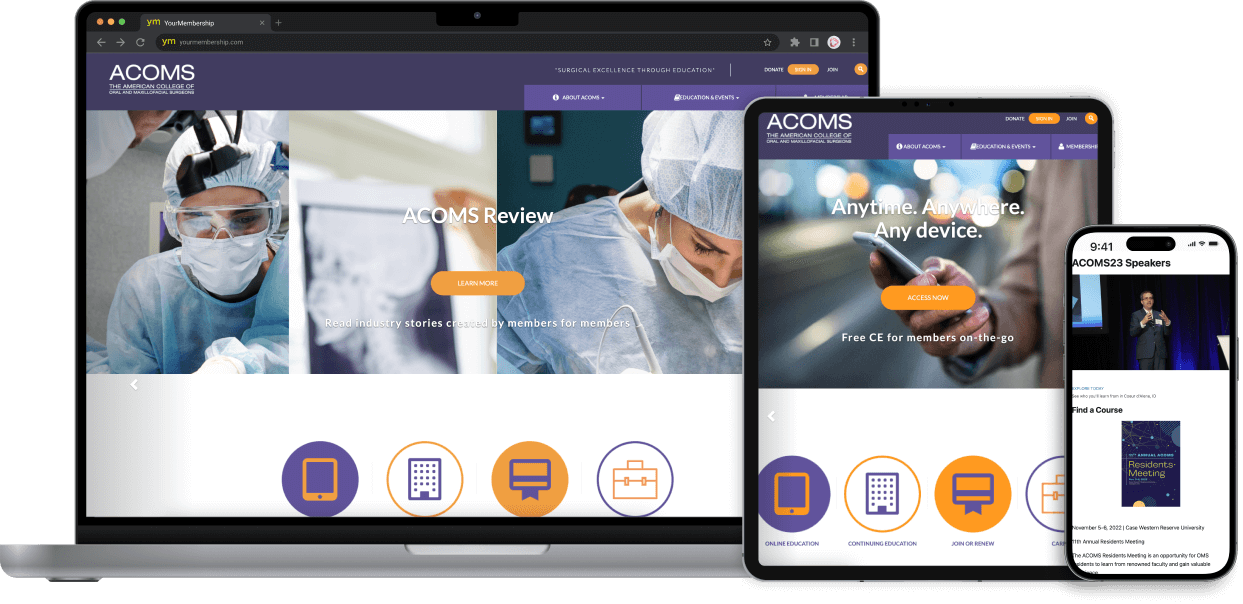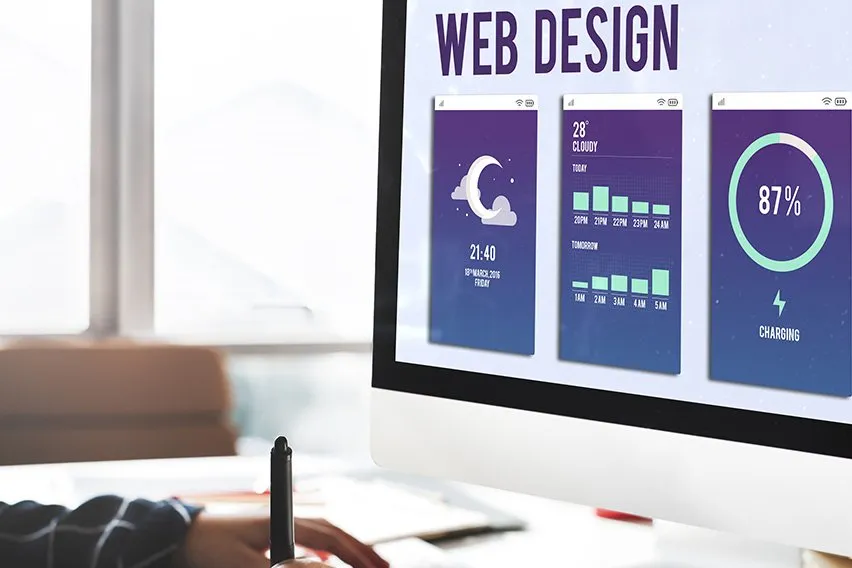
Crafting a User-Friendly Experience: Important Aspects of Efficient Internet Site Design
Necessary aspects such as a clear navigating structure, receptive design concepts, and fast filling times serve as the structure for involving individuals properly. Comprehending the hidden aspects that contribute to efficient design can drop light on just how to improve customer fulfillment and engagement.
Clear Navigating Structure
A clear navigation framework is fundamental to reliable site layout, as it directly affects individual experience and interaction. Individuals need to have the ability to locate info easily, as intuitive navigation minimizes irritation and encourages exploration. A well-organized design permits site visitors to understand the connection in between various web pages and content, causing longer website gos to and boosted interaction.
To accomplish quality, developers should utilize acquainted patterns, such as top or side navigating bars, dropdown food selections, and breadcrumb trails. These elements not just boost usability but also supply a feeling of positioning within the site. Keeping a regular navigation structure across all web pages is vital; this familiarity aids users anticipate where to find desired information.
Additionally, incorporating search functionality can better aid customers in situating certain material quickly. In recap, a clear navigating structure is not simply a design choice; it is a strategic aspect that substantially influences the overall success of a web site by promoting a delightful and effective customer experience.
Responsive Design Concepts
Reliable site navigation sets the phase for a seamless individual experience, which comes to be even a lot more crucial in the context of receptive layout principles. Responsive layout ensures that internet sites adapt fluidly to different display dimensions and orientations, improving access across gadgets. This adaptability is accomplished via adaptable grid layouts, scalable images, and media inquiries that permit CSS to readjust designs based upon the tool's characteristics.
Key concepts of responsive design include fluid designs that utilize percents as opposed to fixed systems, making sure that components resize proportionately. In addition, employing breakpoints in CSS enables the design to transition smoothly in between various device sizes, enhancing the design for each screen kind. The use of receptive photos is additionally necessary; photos need to instantly adapt to fit the display without losing quality or causing layout changes.
Additionally, touch-friendly user interfaces are vital for mobile individuals, with appropriately sized switches and user-friendly gestures enhancing customer communication. By integrating these principles, designers can create sites that not just look cosmetically pleasing however likewise offer interesting and useful experiences throughout all tools. Inevitably, effective responsive design cultivates customer fulfillment, decreases bounce rates, and urges much longer interaction with the material.
Fast Loading Times
While customers significantly expect internet sites to pack quickly, quickly loading times are not simply a matter of convenience; they are important for retaining site visitors and improving general user experience. Research study indicates that individuals generally desert sites that take longer than three secs to tons. This desertion can result in raised bounce rates and lowered conversions, eventually harming a brand name's reputation and profits.
Fast packing times boost user involvement and complete satisfaction, as visitors are most likely to check out a website that reacts swiftly to their communications. In addition, online search engine like Google focus on rate in their ranking algorithms, indicating that a slow-moving website may battle to achieve exposure in search engine result.

Instinctive Customer User Interface
Rapid packing times lay the foundation for an appealing online experience, however they are only component of the formula. An user-friendly interface (UI) is vital to make certain site visitors can navigate a site effortlessly. A well-designed UI allows users to achieve their purposes with marginal cognitive lots, promoting a smooth interaction with the site.
Key components of an instinctive UI include consistent format, clear navigating, and well-known symbols. Uniformity in layout aspects-- such as color schemes, typography, and button styles-- assists customers recognize exactly how to interact with the website. Clear navigating structures, consisting of rational food selections and breadcrumb tracks, enable customers to find details rapidly, reducing aggravation and boosting retention.
Furthermore, feedback systems, such as hover results and packing signs, inform customers about their activities and the website's my company action. This transparency grows trust and motivates ongoing engagement. In addition, prioritizing mobile responsiveness makes sure that users delight in a natural experience across gadgets, providing to the diverse methods target markets access material.
Accessible Material Standards

First, make use of straightforward and clear language, preventing jargon that might perplex readers. Emphasize correct heading frameworks, which not just help in navigating yet also aid screen viewers in analyzing content power structures efficiently. Additionally, give alternative message for photos to convey their definition go to the website to customers that count on assistive modern technologies.
Comparison is another essential element; guarantee that text attracts attention versus the history to boost readability. Additionally, make sure that video and audio web content consists of captions and records, making multimedia easily website design accessible to those with hearing problems.
Last but not least, integrate keyboard navigability into your design, permitting individuals that can not make use of a mouse to access all website functions (website design). By sticking to these easily accessible material standards, web developers can produce comprehensive experiences that cater to the requirements of all users, inevitably enhancing customer interaction and satisfaction
Conclusion
In verdict, the combination of crucial components such as a clear navigation structure, receptive style principles, quick filling times, an user-friendly interface, and obtainable content guidelines is important for producing a straightforward website experience. These parts collectively enhance use and engagement, making sure that customers can effortlessly connect and browse with the site. Prioritizing these layout components not just enhances general complete satisfaction but likewise promotes inclusivity, fitting diverse user requirements and preferences in the digital landscape.
A clear navigation framework is essential to reliable web site design, as it directly influences user experience and interaction. In summary, a clear navigation framework is not just a design choice; it is a strategic component that significantly impacts the overall success of a web site by promoting a pleasurable and reliable customer experience.
In addition, touch-friendly user interfaces are crucial for mobile users, with appropriately sized buttons and instinctive motions boosting customer communication.While customers increasingly anticipate web sites to pack swiftly, quick filling times are not just an issue of benefit; they are essential for keeping visitors and boosting general user experience. website design.In conclusion, the combination of vital components such as a clear navigating framework, receptive layout principles, quick filling times, an intuitive user interface, and obtainable material standards is important for producing a straightforward web site experience